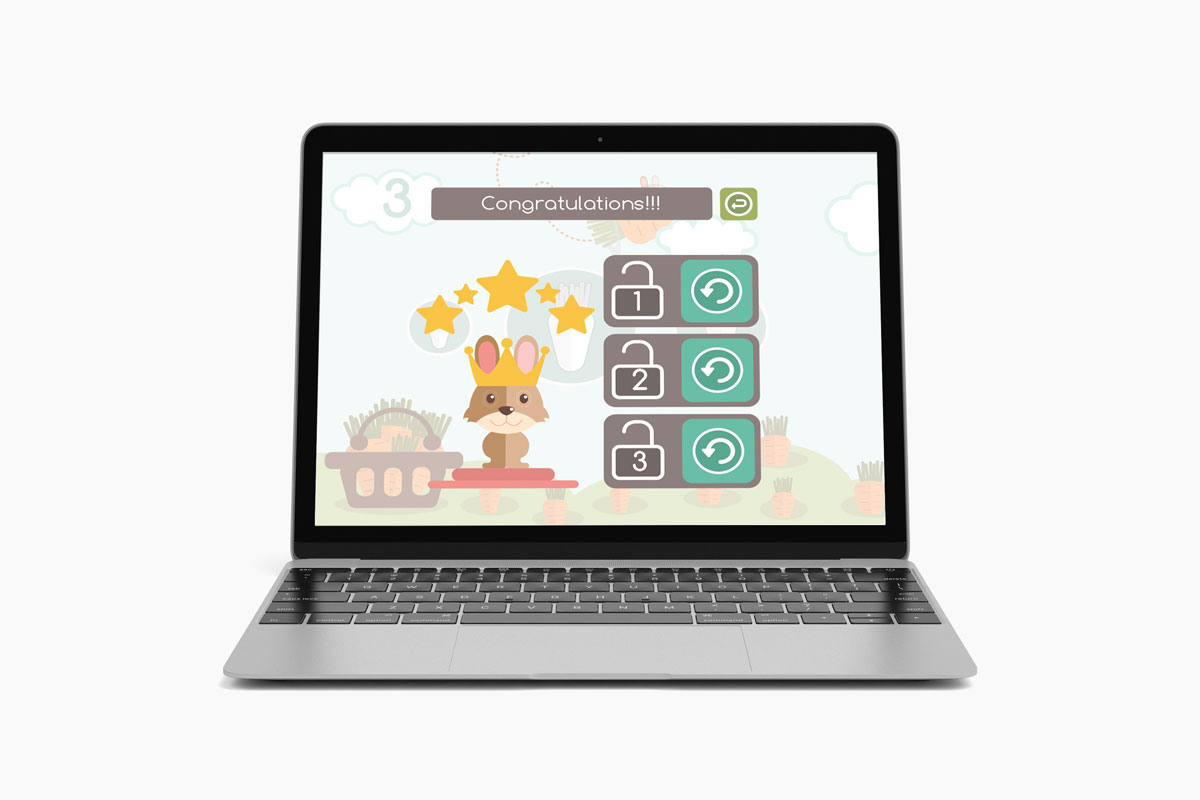Children at an early age are placed into a linear educational system, which dictates all children learn in the same manner, which is linearly and logically. Some children, especially those diagnosed with dyslexia are unable take in information using these old fashioned methods. They learn better through experimentation and experience. They do well with methods that use enactments, sculpting and building art projects, these activities combine multiple senses and focus on their spatial orientation and vision. Currently, there are multiple tools that help dyslexics cope with their reading and writing disabilities, but they fail to address their core difficulties. The goal of this project was to create interactive games that use innovative methods of visual learning to help dyslexics from the age of 6-9 years with their communication, memorization and organization skills.
Process Work
To solve this problem, research was focused on the benefits of action games and visual training methods on dyslexics. I spoke with dyslexics and their tutors to examine methods they employ to overcome dyslexia. Additionally, a survey was conducted to understand the user’s readiness to use input devices, the time they spend gaming and their attention spans.
The project entitled three-steps:
user experience design, interface design and instructional design. A demo video was created to help users better understand the different steps involved as they navigate through the games. First, the children were taught how to make shadow puppets using their hands then they would try making hand puppets side by side with the demo. These puppets further acted as their avatars to play the game. This required the children to follow multiple instructions to better navigate within the game.









